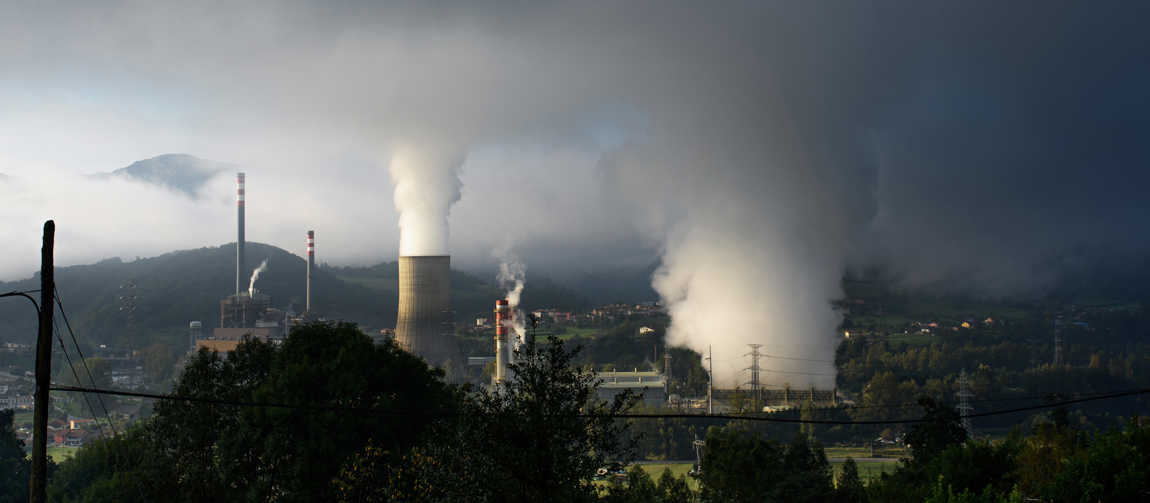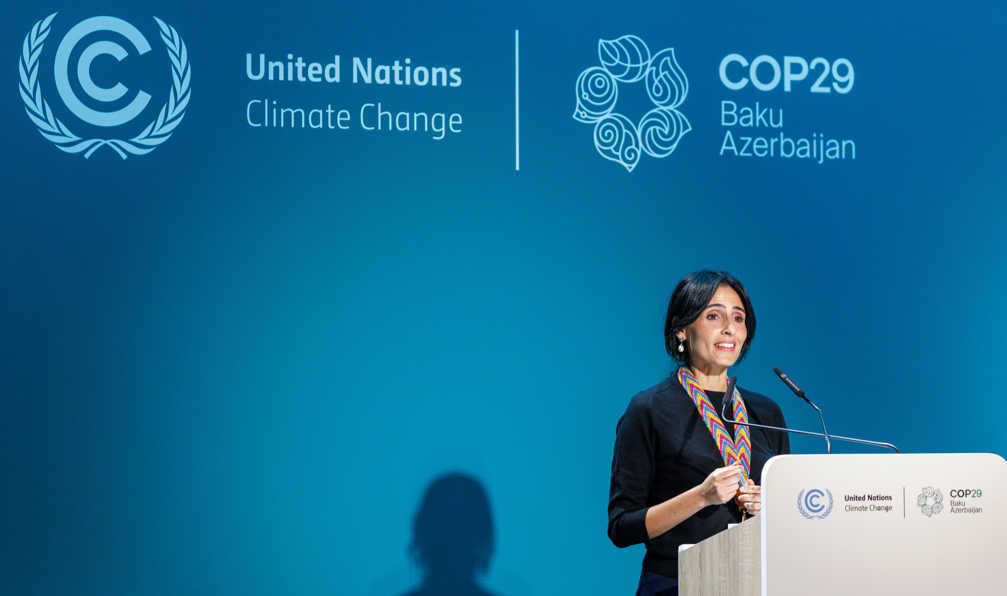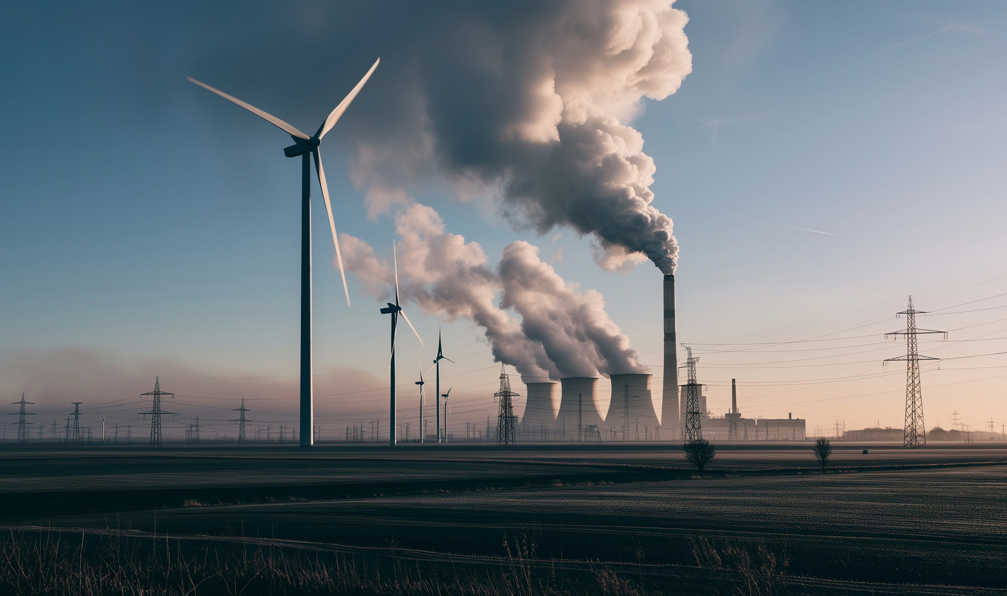
A New Era in Carbon Management: ETS
The world is developing new economic tools to combat the climate crisis. One of the most effective of these is the Emissions Trading System (ETS), which is a market-based mechanism that limits companies’ or sectors’ to encourage low-carbon production. Those that exceed these limits must pay additional costs. It is based on the 'polluter pays' principle and operates as follows:
- Emission Cap: Governments or regulatory authorities set an annual limit on the amount of emissions allowed for a specific sector or country.
- Carbon Allowances: Companies are allocated a certain amount of emission rights (carbon credits) based on the established cap.
- Trading: Companies that exceed their emission limits can purchase carbon credits from those with surplus allowances. In this way, the total amount of emissions remains under control.
ETS and the European Green Deal
As part of the European Commission’s Fit for 55 package, the ETS has been revised and expanded to include stricter carbon regulations. The aim is to reduce net greenhouse gas emissions by 55% by 2030, thereby enhancing the effectiveness of the emissions trading system.
New Dynamics in the Business World
- Low-carbon investments are being encouraged
Tightening annual emission limits are pushing companies to invest in cleaner production technologies. - Carbon leakage and competitive balance
Some companies are shifting their production to countries with looser regulations to avoid carbon-related rules. The Carbon Border Adjustment Mechanism (CBAM) aims to reduce this risk and ensure a level playing field. - Environmental costs reflected through carbon pricing
Companies must reflect the cost of carbon emissions in their product and service prices. This encourages consumers and industries toopt for lower-carbon alternatives.
The Future of Carbon Management in Global Markets
The EU Emissions Trading System (EU ETS)was launched in 2005.. Today, many countries including Germany, France, the United Kingdom, the United States, Japan, and Austria have established their own ETS frameworks. Since 2020, the global coverage of emissions trading systems has been steadily expanding.
In the future, the ETS is expected to be extend to a wider range of sectors, accelerating sustainable development and the transition to a low-carbon economy. Early adoption of ETS framework will offer companies a competitive advantage and opportunities to reduce carbon-related costs.
The ETS continues to be a critical mechanism for regulating carbon emissions and encouraging companies to embrace green transformation. For businesses aiming to succeed in the shift to a low-carbon economy, compliance with the ETS will be essential for maintaining competitiveness and achieving sustainable growth.

A Fragile Reality at COP29: Climate Finance as the Greatest Barrier to Solutions

Digital Product Passport (DPP): Advancing Transparency, Sustainability, and the Circular Economy

Highlight Your Company’s Sustainability Values with an ECOVADIS Medal!

The Responsible® Programme: A Strategic Guide to the Green Transformation of the Business World

Sustainability for Companies: A Matter of Image or a Necessity?

Sustainability and Competitiveness: The Business Model of the Future

TCFD and TNFD: The New Standards for the Business World

Türkiye Sustainability Reporting Standards: Changing the Rules of the Game for the Business World!

National Emissions Trading System and Carbon Credit System

Do You Know Your Product’s Environmental Impact Throughout Its Life Cycle? Discover LCA

Discover Your Product’s Environmental Declaration with the EPD
